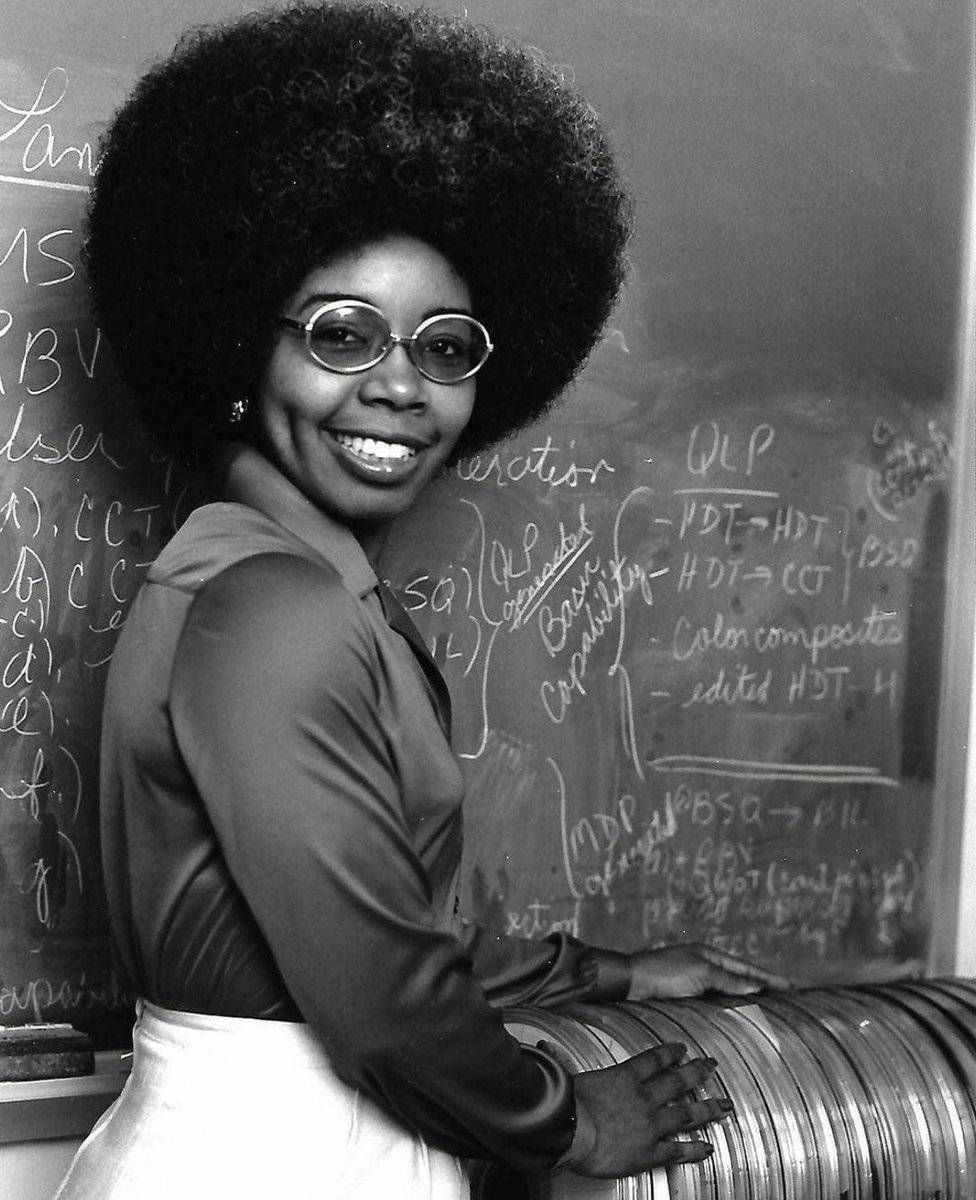Valerie L. Thomas, born in February 1943, is a prominent African-American scientist and inventor. Her notable invention is the Illusion Transmitter, for which she successfully obtained a patent in 1980.
Growing up, she faced challenges pursuing her passion for science and mathematics, particularly at the all-girls school she attended. Despite the lack of encouragement, she managed to enroll in a physics course.
Her educational journey continued at Morgan State University, where she found herself one of just two women majoring in physics. Thomas's dedication to her studies was evident as she excelled in both mathematics and science. Following her graduation, she embarked on a career at NASA.
In 1964, she began her tenure at NASA as a data analyst. Her responsibilities included developing real-time computer data systems to support satellite operations control centers, a role she held from 1964 to 1970. Later, from 1970 to 1981, she played a significant role in overseeing the creation of the Landsat program, establishing herself as an international expert in Landsat data products. In 1974, Thomas led a team of approximately 50 individuals for the Large Area Crop Inventory Experiment (LACIE), a collaborative project with NASA's Johnson Space Center, the National Oceanic and Atmospheric Administration (NOAA), and the U.S. Department of Agriculture. This initiative demonstrated the feasibility of employing space technology to automate global wheat yield predictions.
A pivotal moment occurred in 1976 when she attended an exhibition featuring an illusion of a lit light bulb, even after its removal from the socket. The illusion, which relied on another light bulb and concave mirrors, sparked Thomas's curiosity. Eager to explore how light and concave mirrors could be integrated into her NASA work, she commenced her research in 1977. This research involved conducting experiments to observe how the positioning of a concave mirror influenced the reflection of a real object. It was through this exploration that she conceived the Illusion Transmitter.
On October 21, 1980, Valerie L. Thomas successfully secured a patent for the Illusion Transmitter, a groundbreaking device that NASA continues to utilize to this day.
Valerie L. Thomas, the inventor of the Illusion Transmitter, a device that creates optical illusions, wasn't just limited to her work at NASA.
Interestingly, she also had an impact on early computer technologies. During her career, she managed the development of the first computer program to identify Halley's Comet in a sea of celestial objects for the Landsat program, a series of Earth-observing satellites. This wasn't part of her main job description but showcased her diverse talents and curiosity.
Her contributions to this project helped in the better understanding of the comet and demonstrated how her skills extended beyond her primary focus, thus adding a layer to the multi-faceted nature of her scientific contributions.
In the realm of social advocacy, Valerie L. Thomas used her position at NASA to advance women and minorities in science, technology, engineering, and math.
She didn't merely rest on her technical laurels; instead, she became an active member of NASA's Ames Research Center’s Image Assessment team, a group primarily focused on researching how women of color were represented in STEM-related educational materials. This is a less talked about but significant part of her career that showcases her commitment to diversity and inclusion.
Thomas’s work on the team led to an overhaul of educational materials, resulting in more inclusive and representative content, thus influencing the next generation of scientists and engineers.


